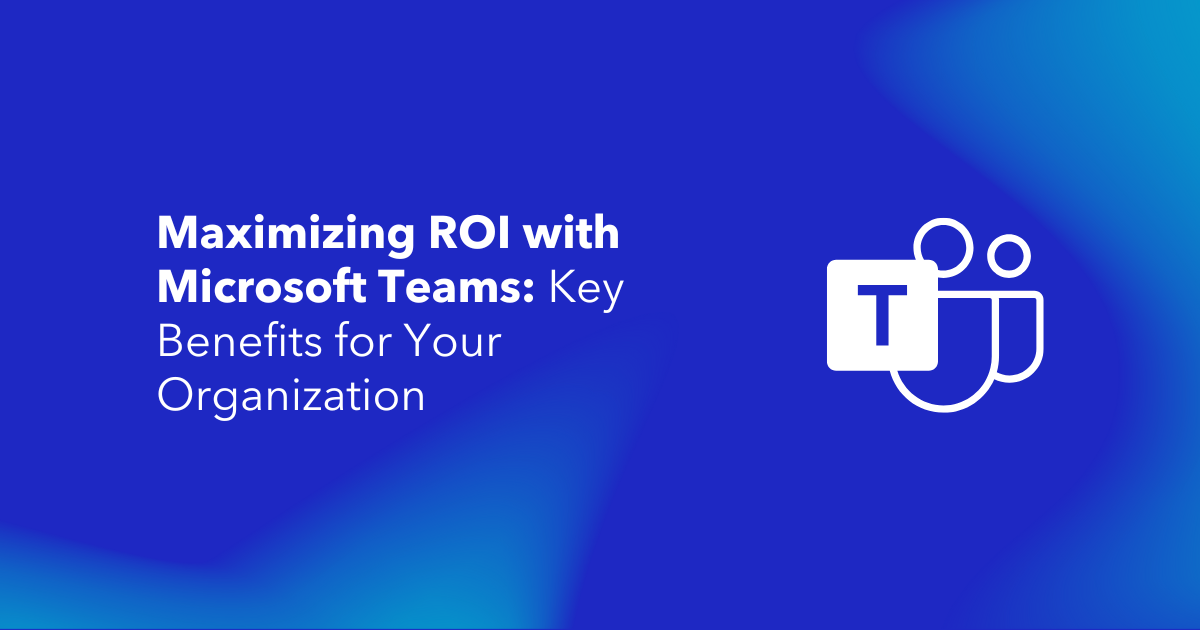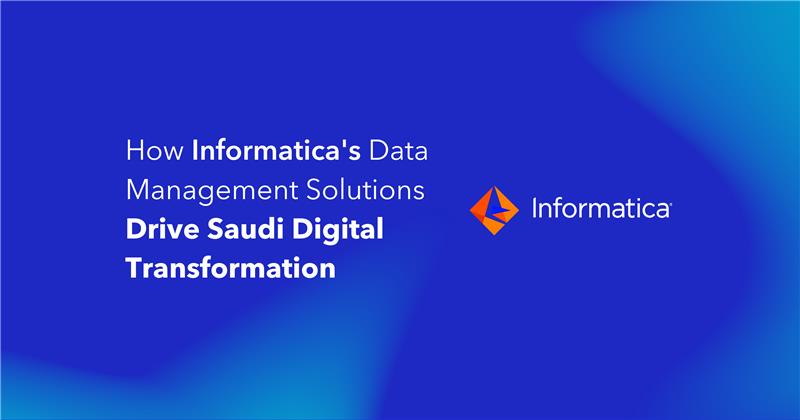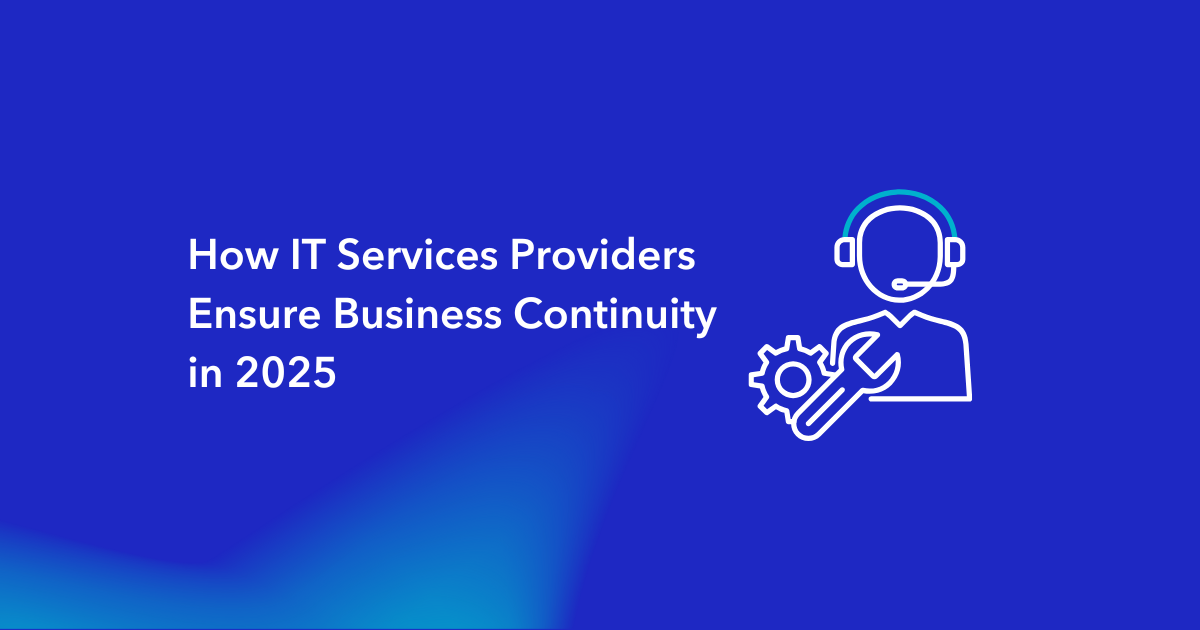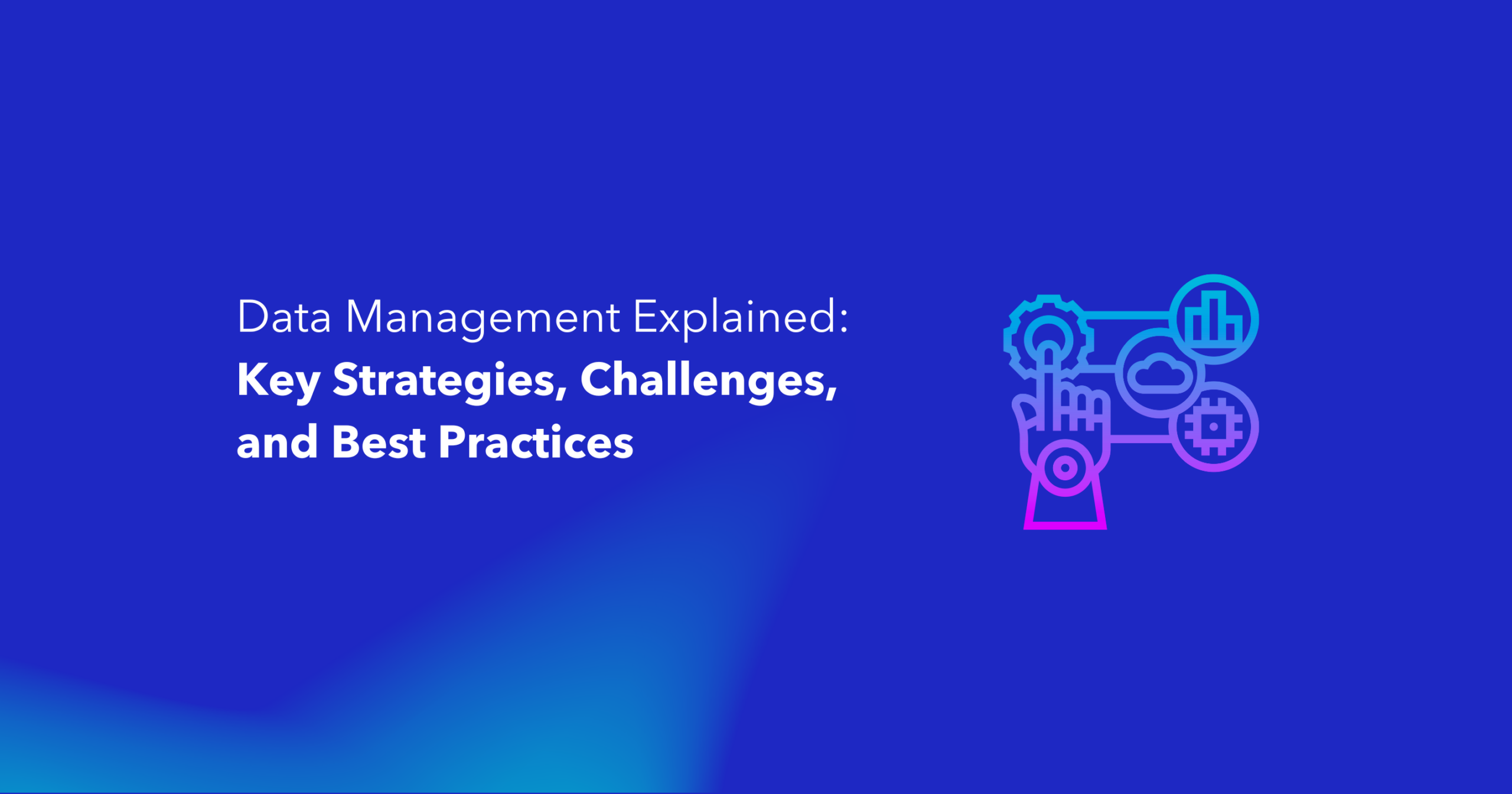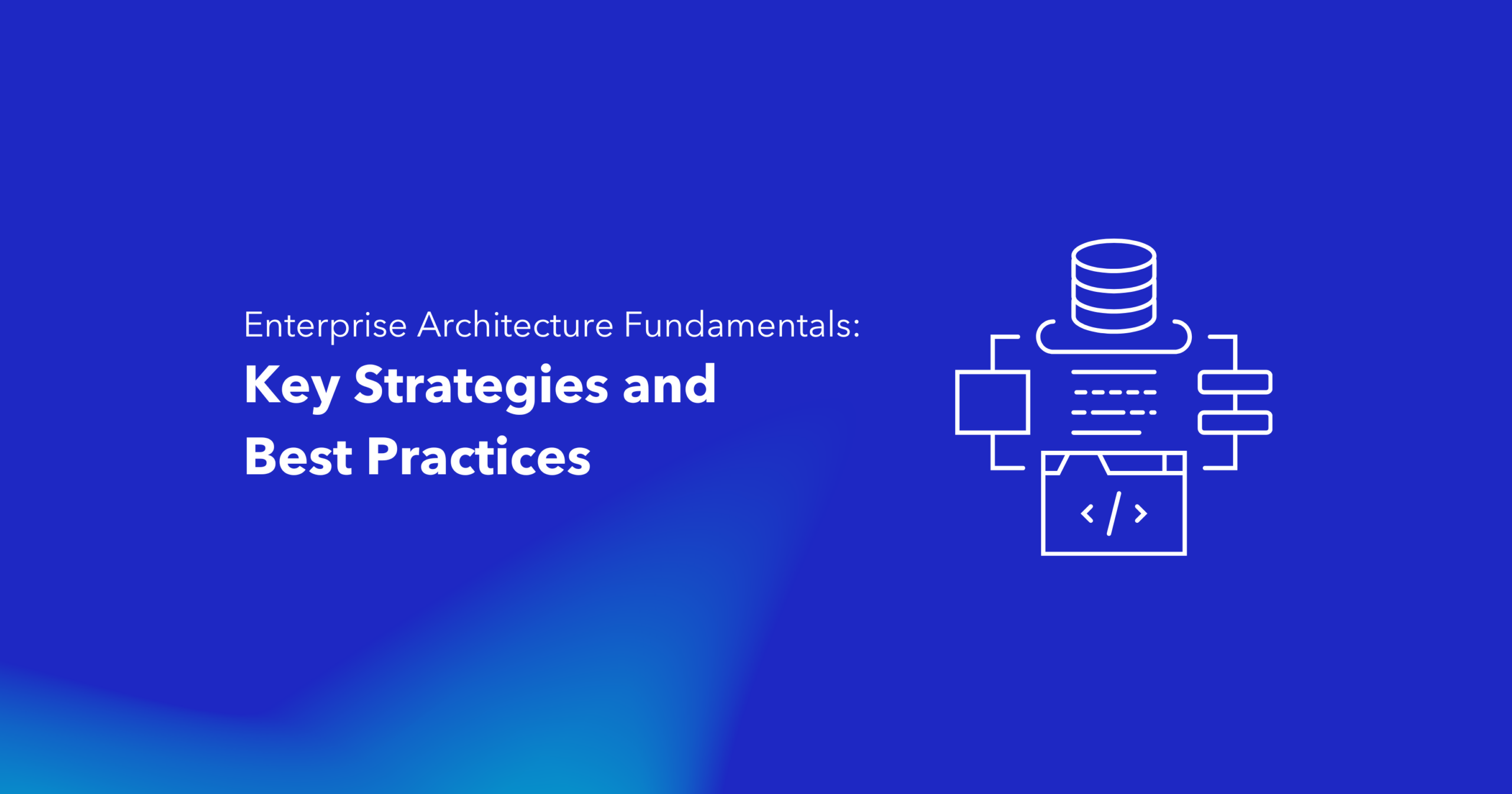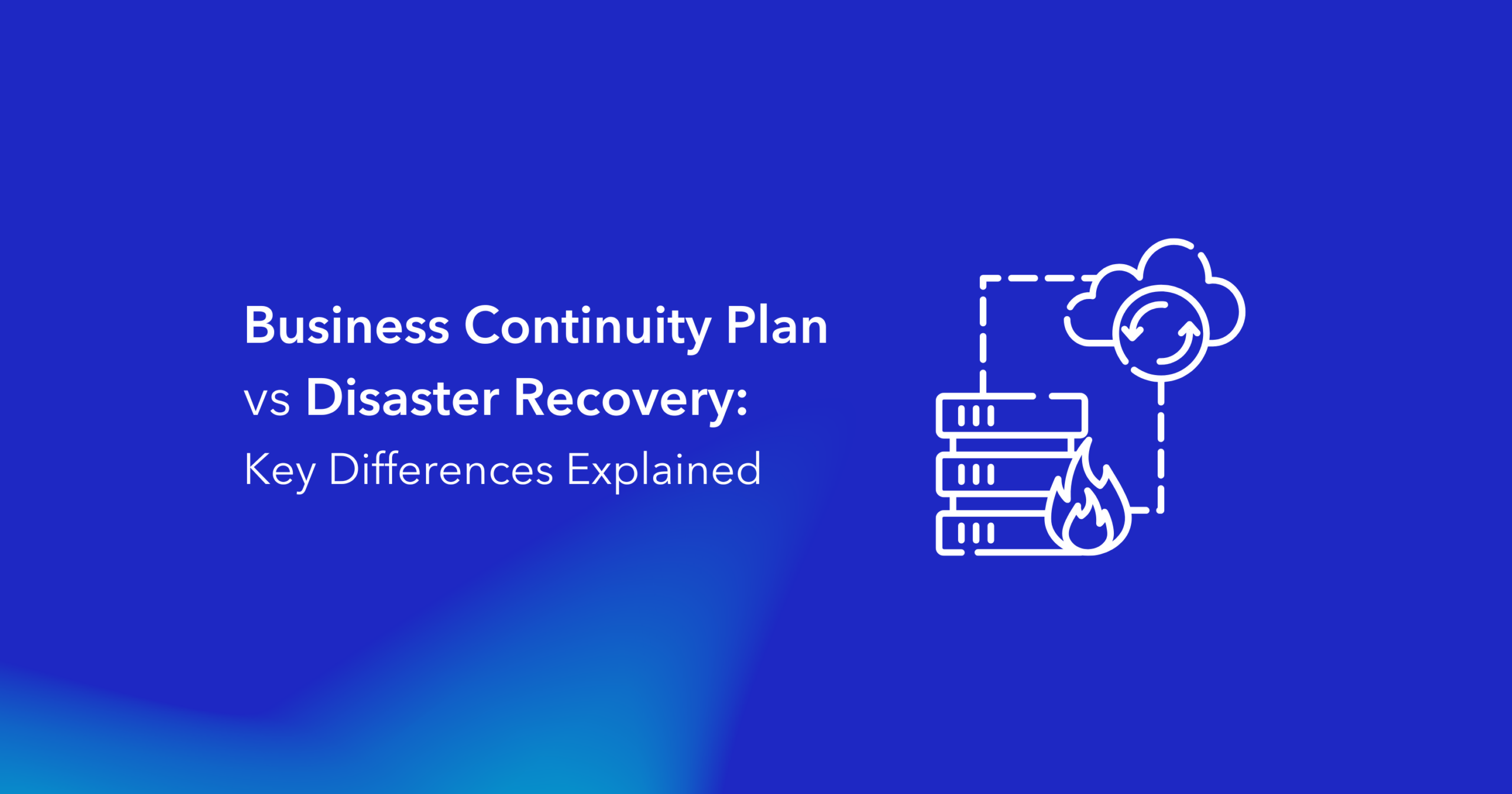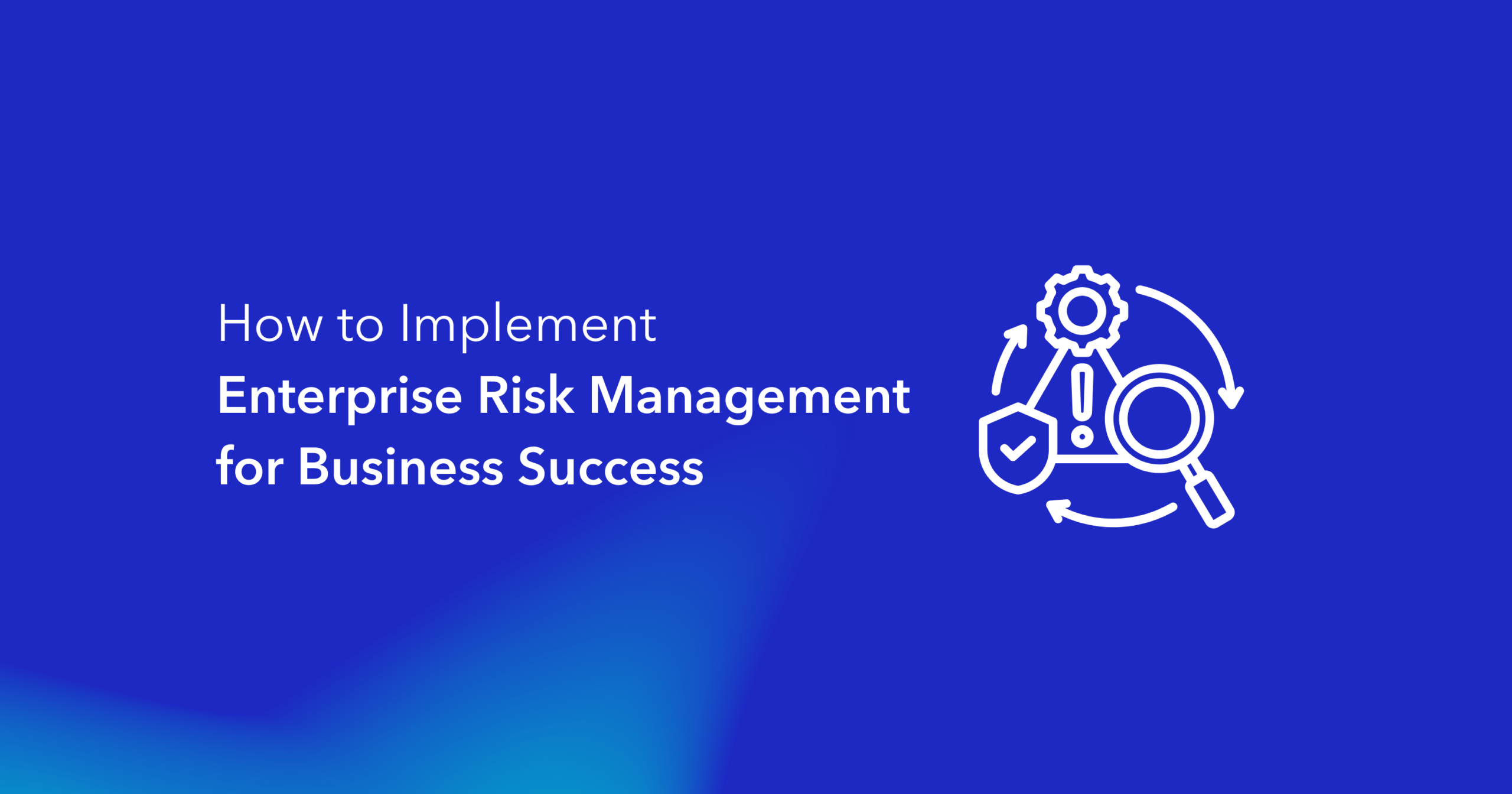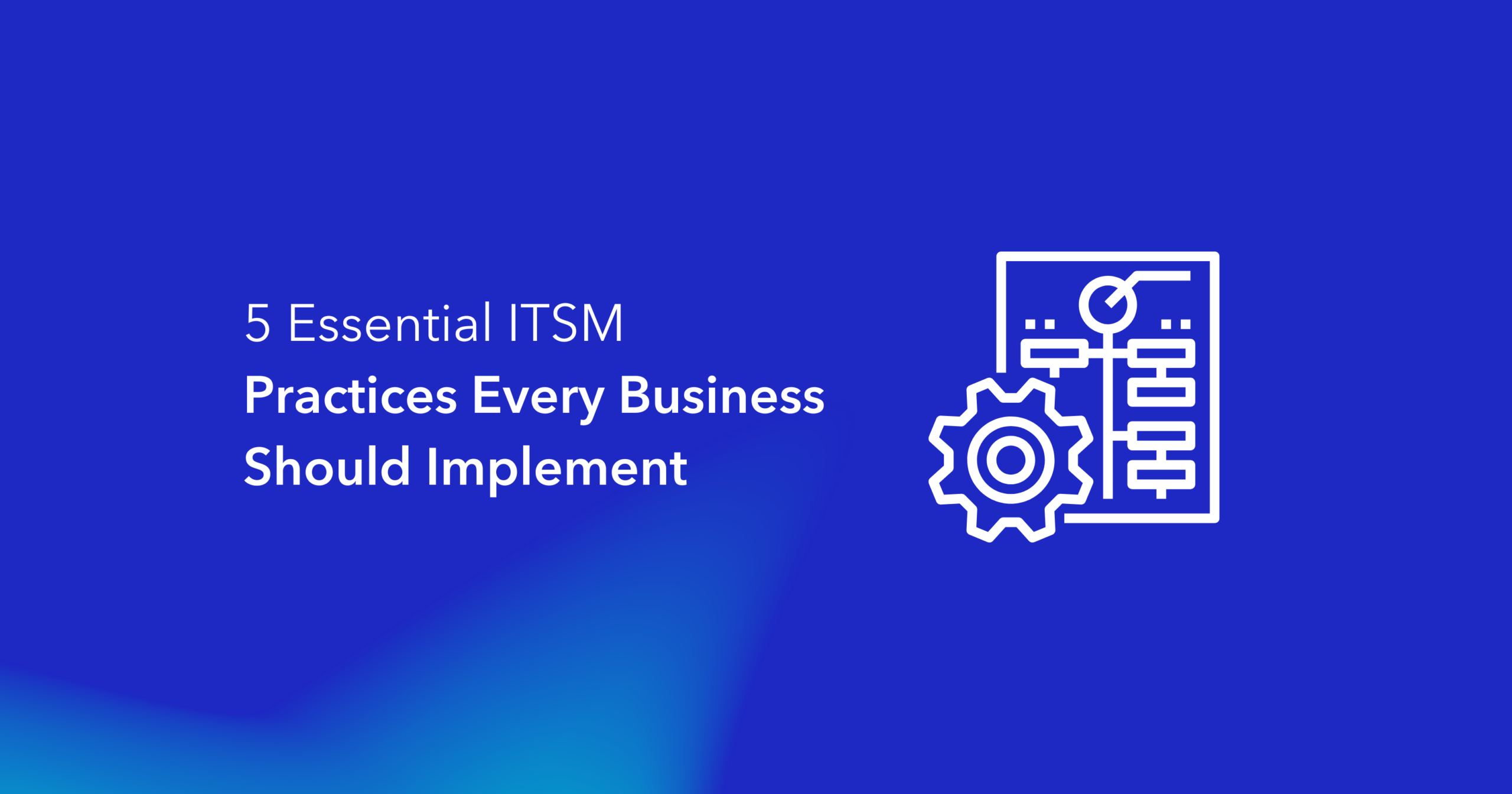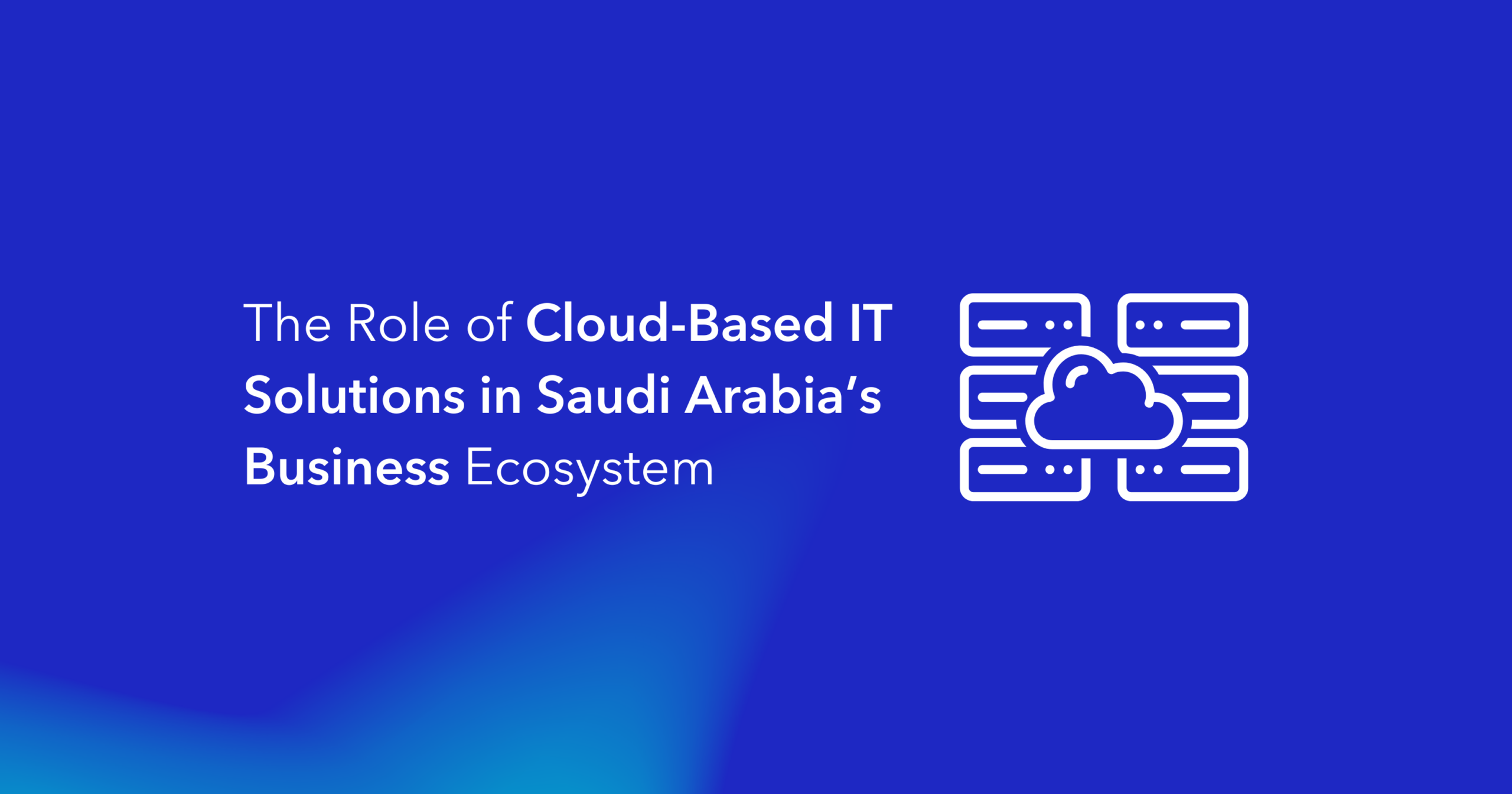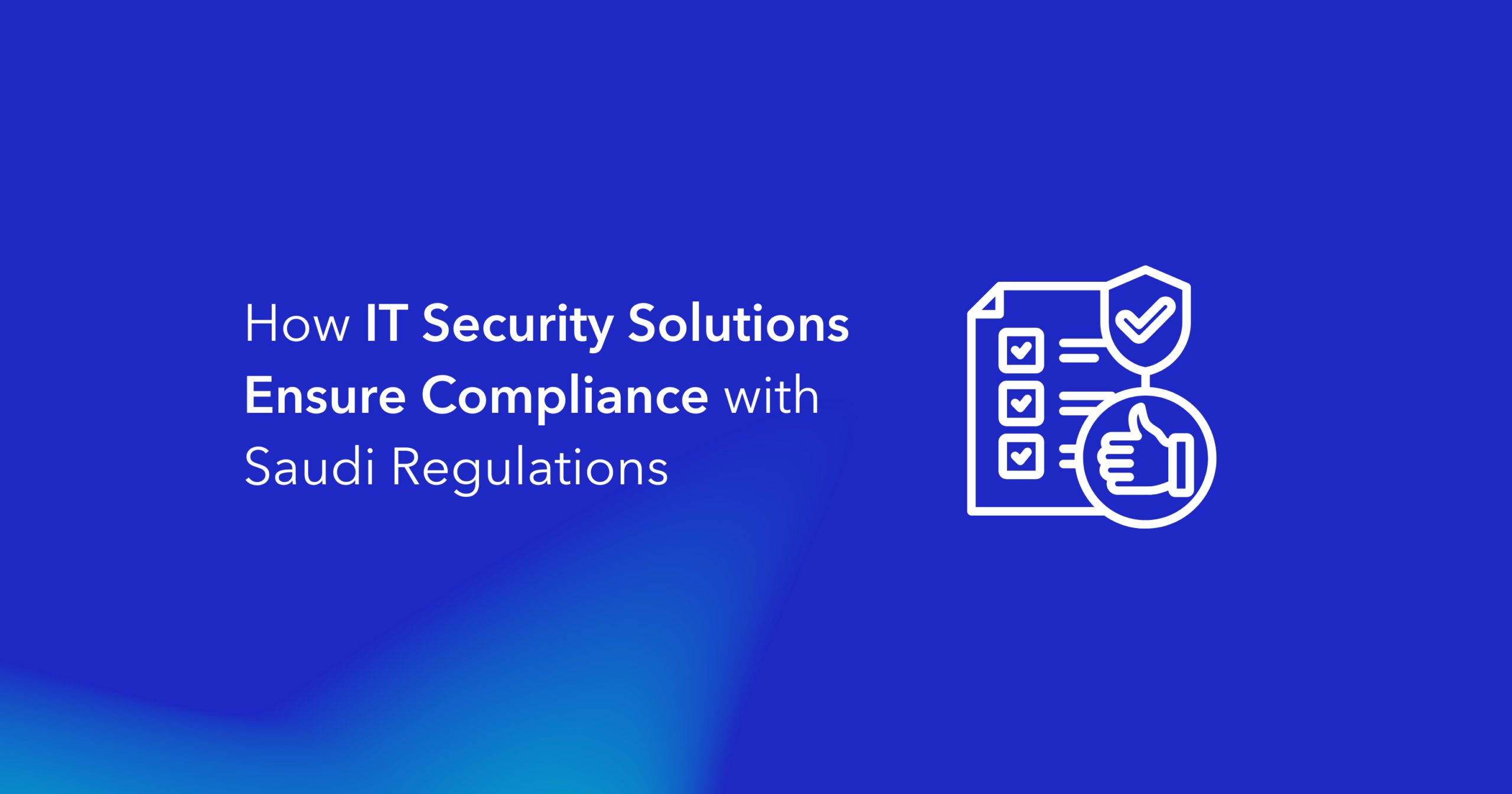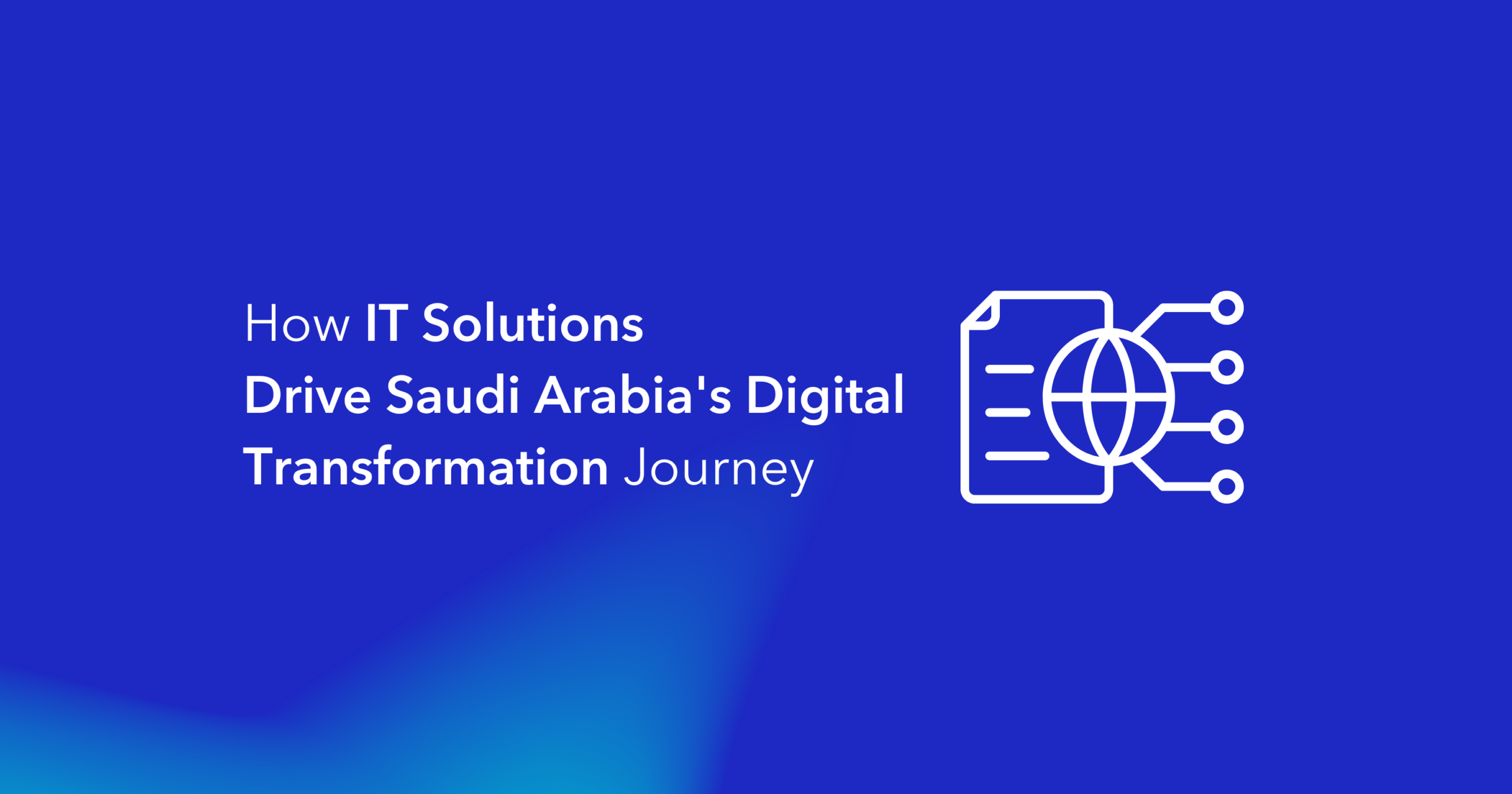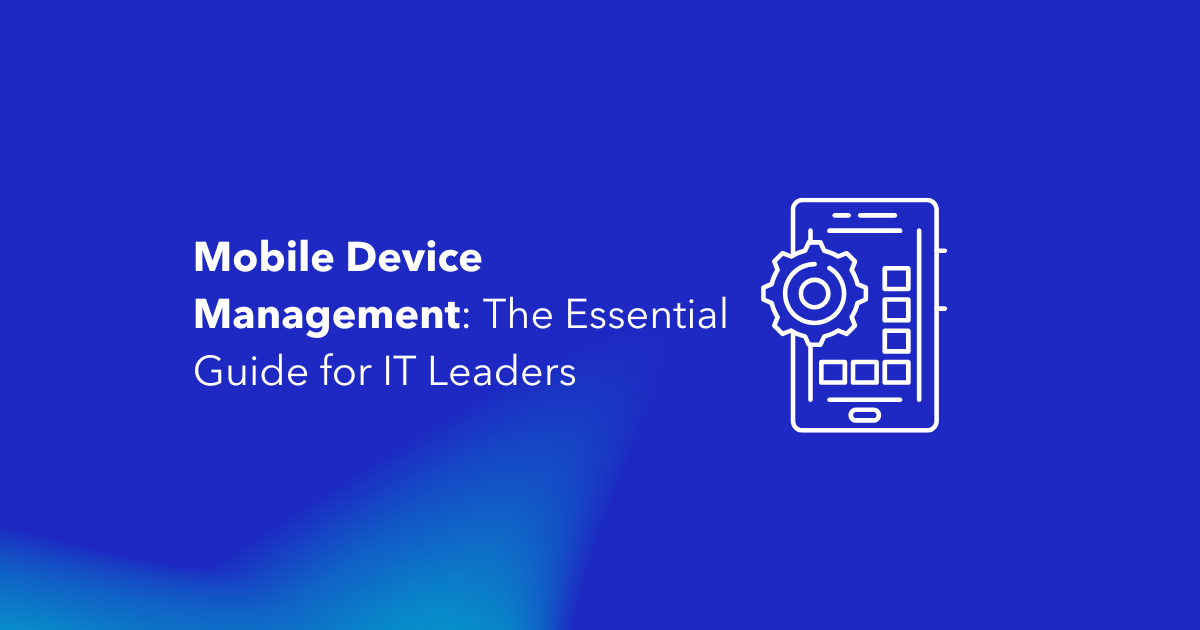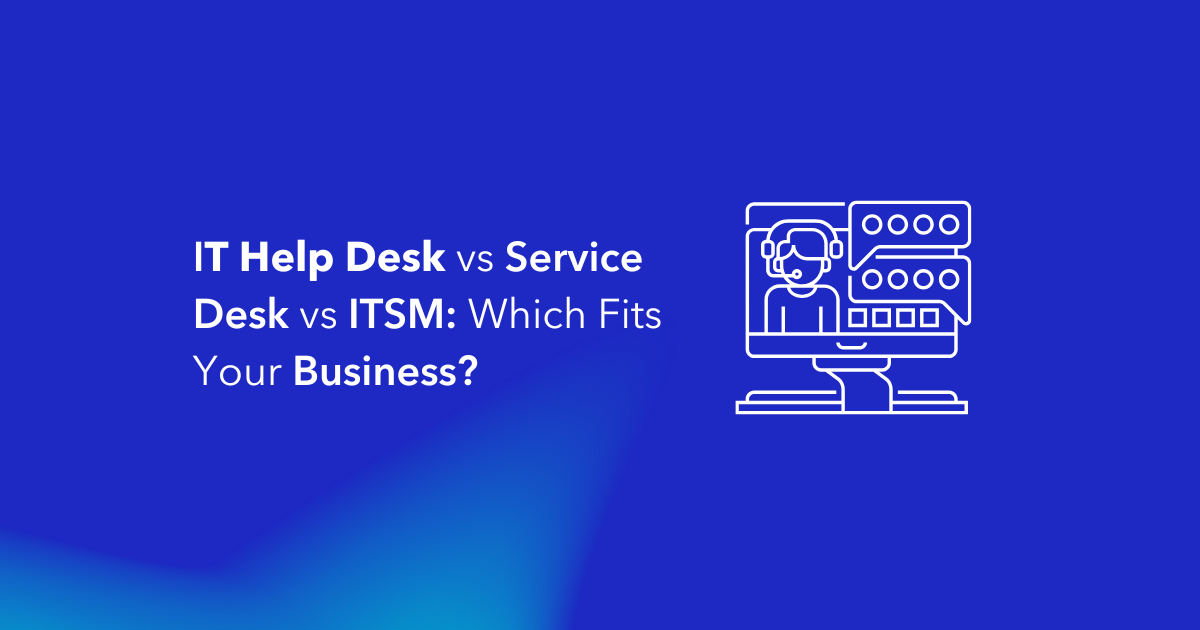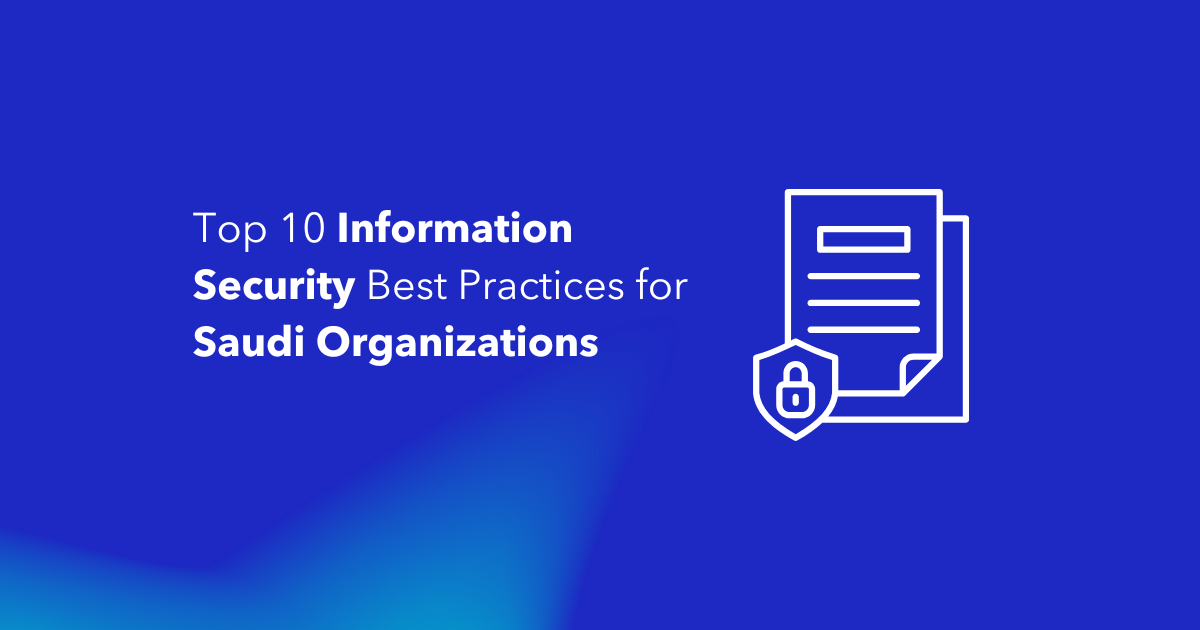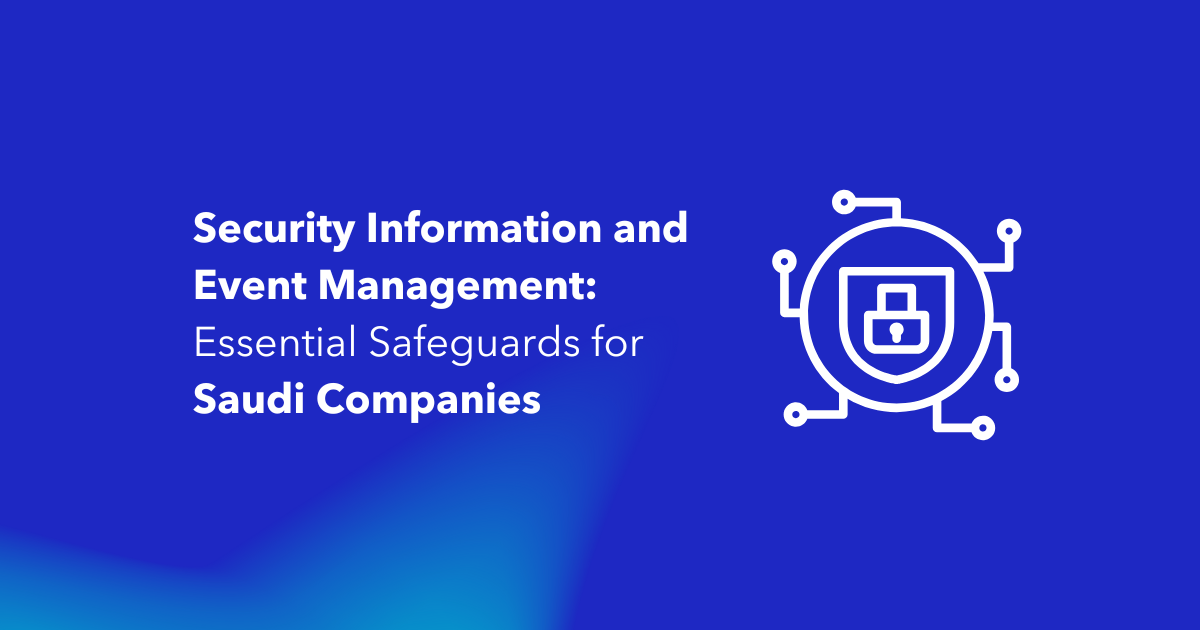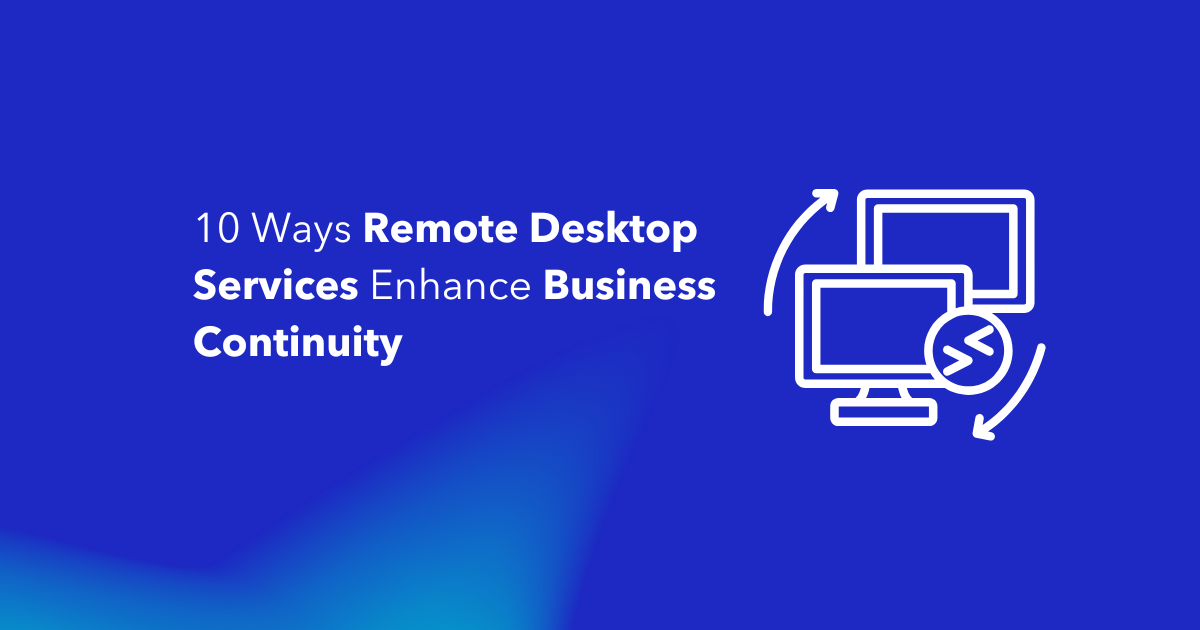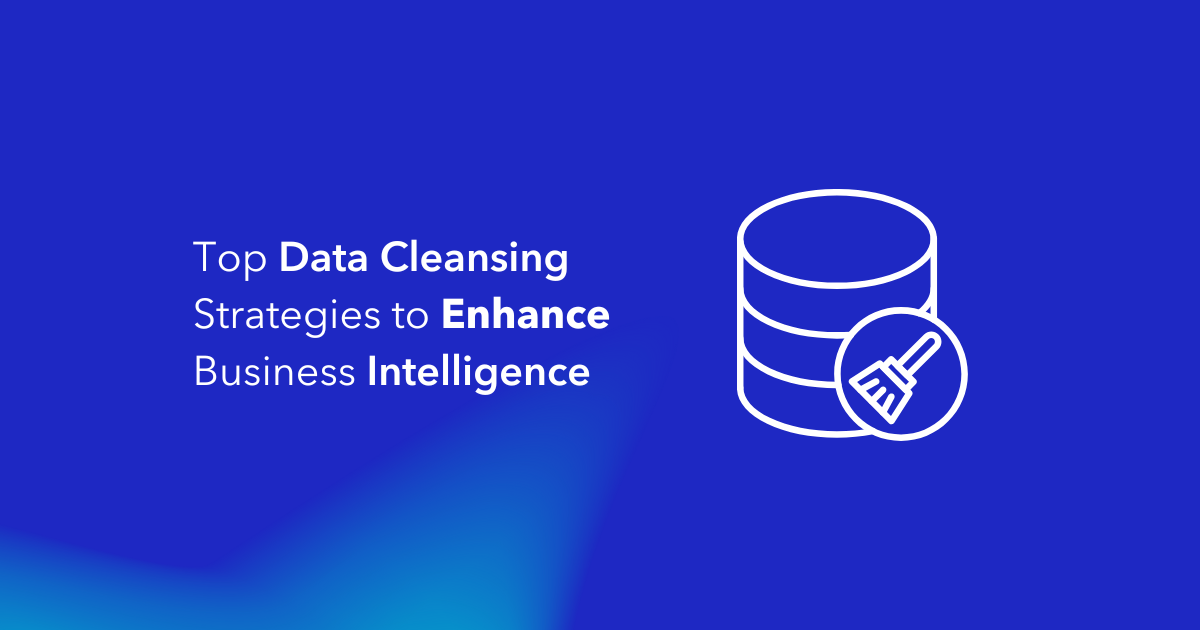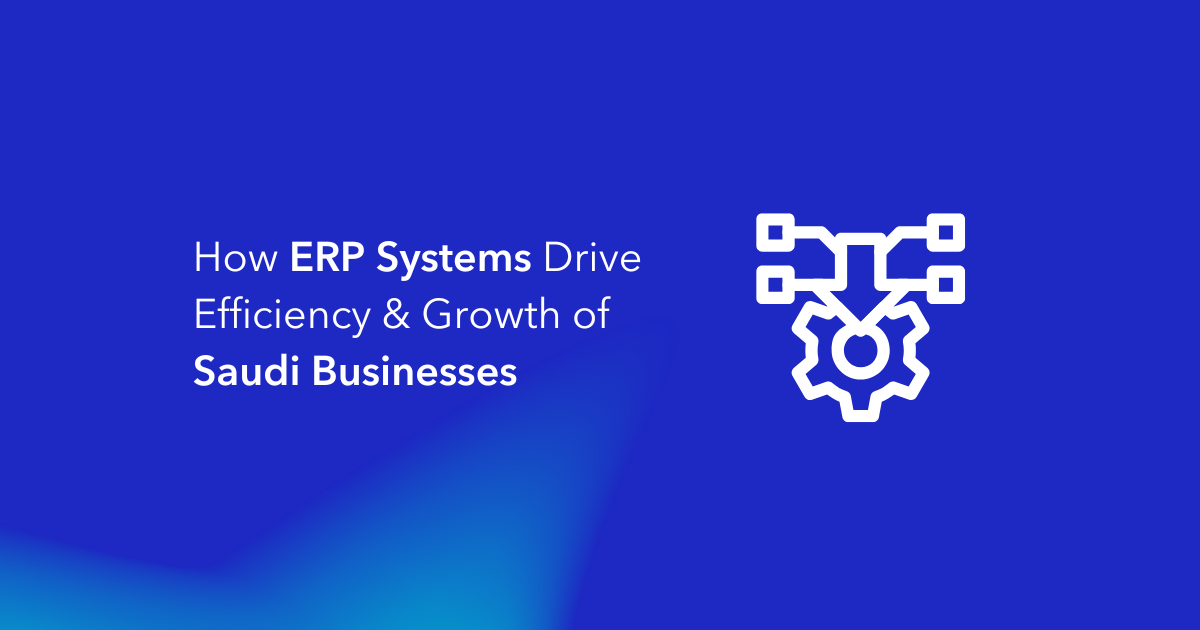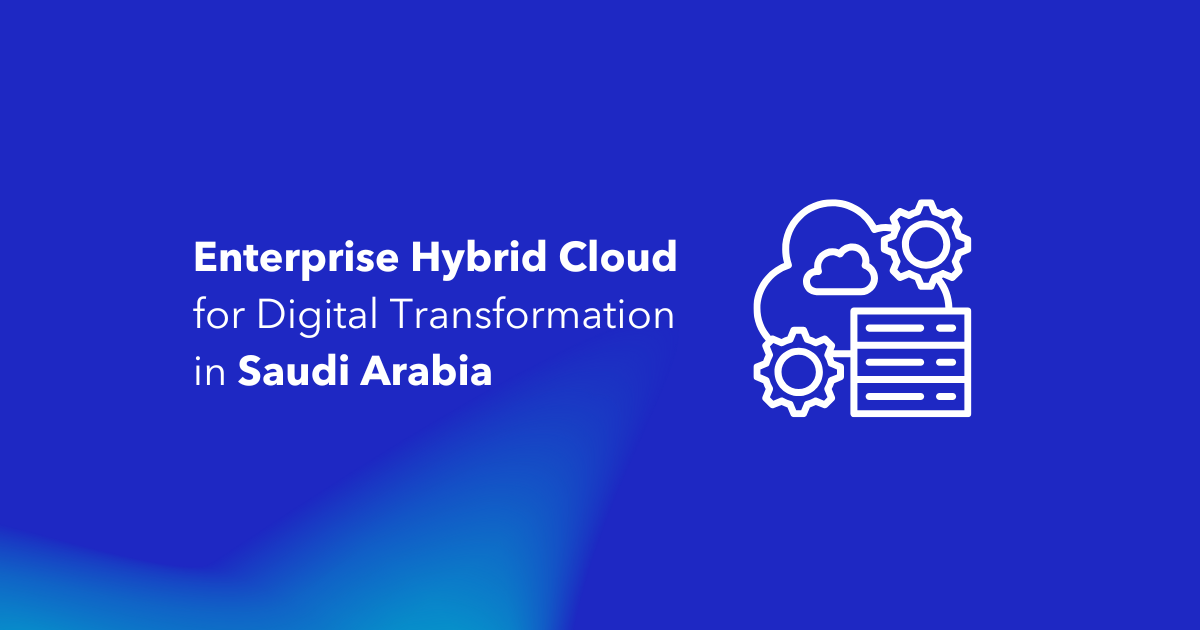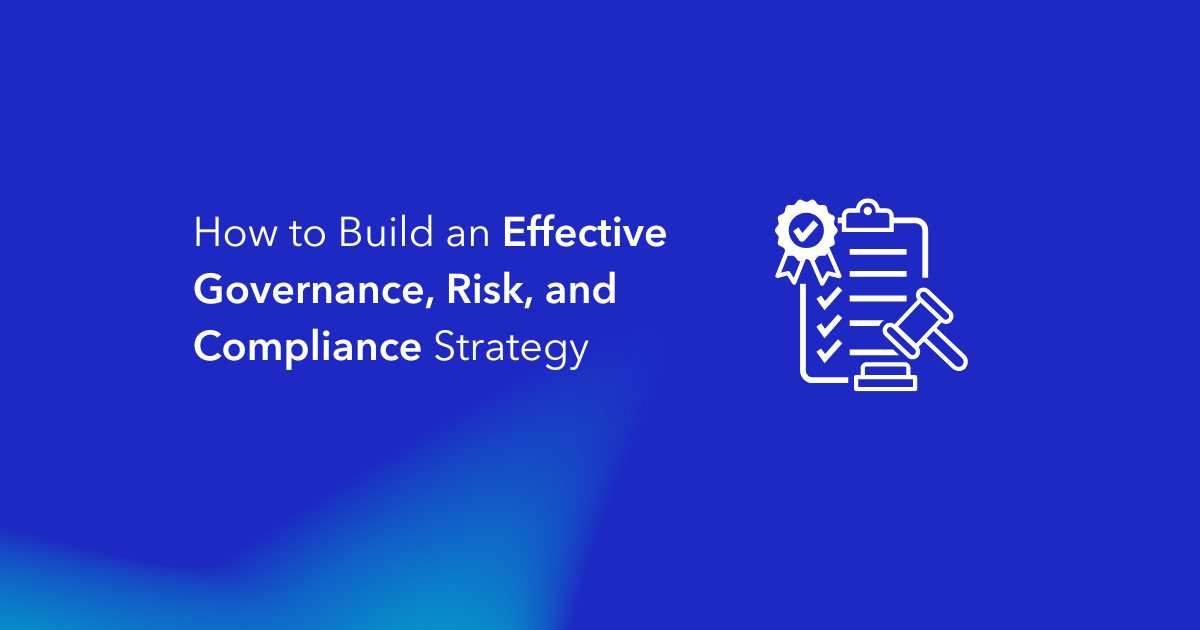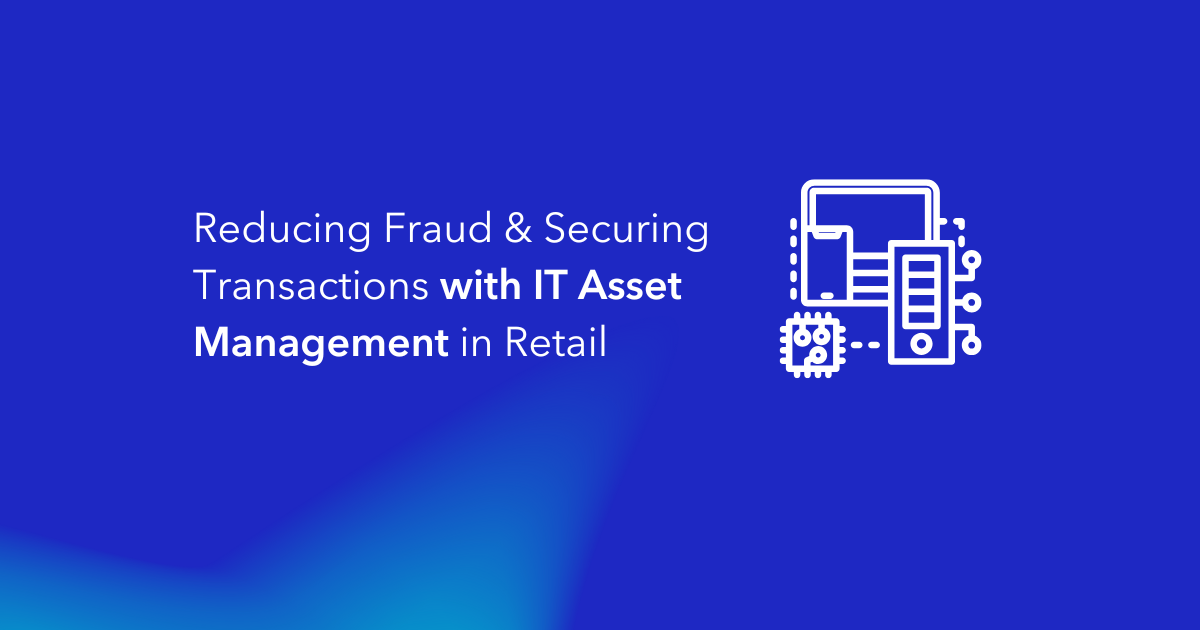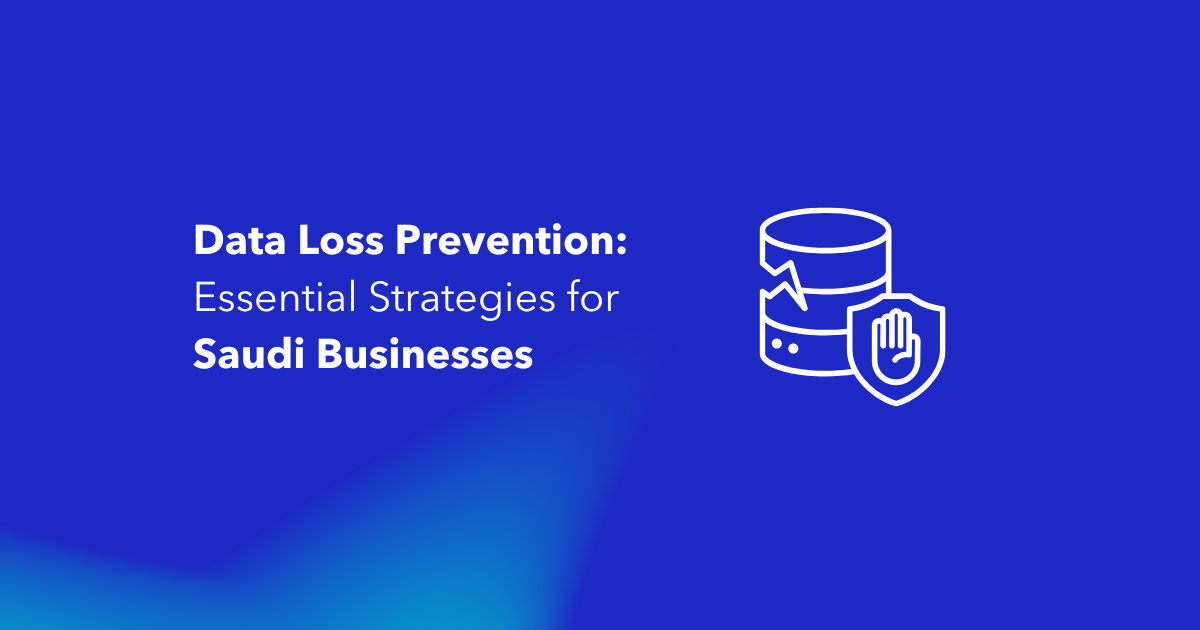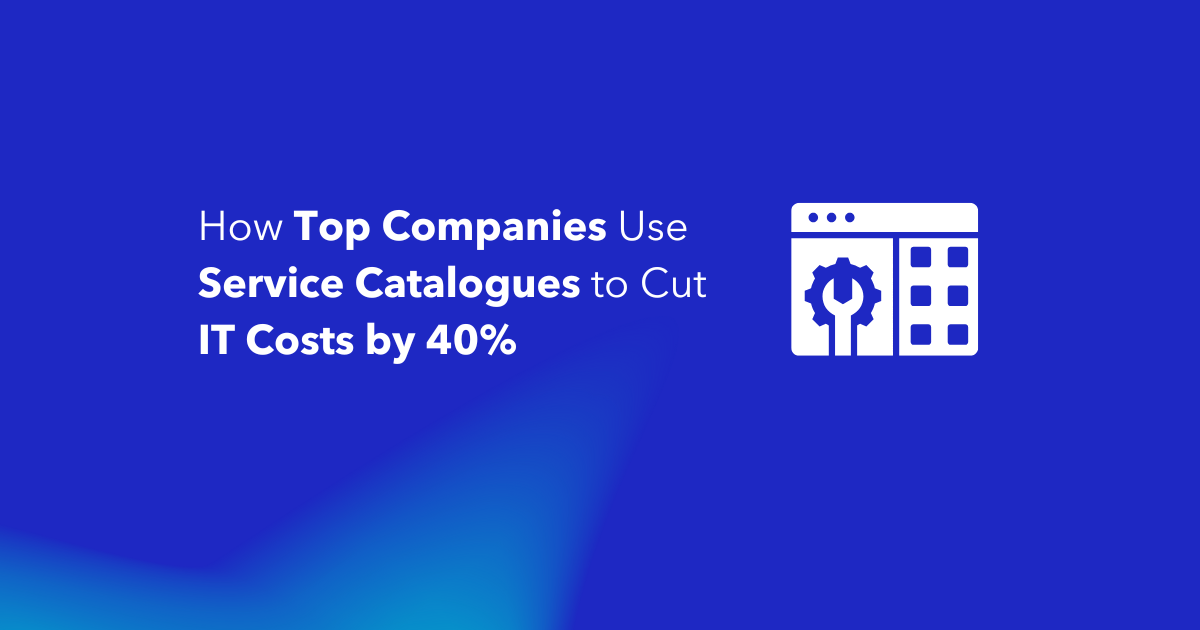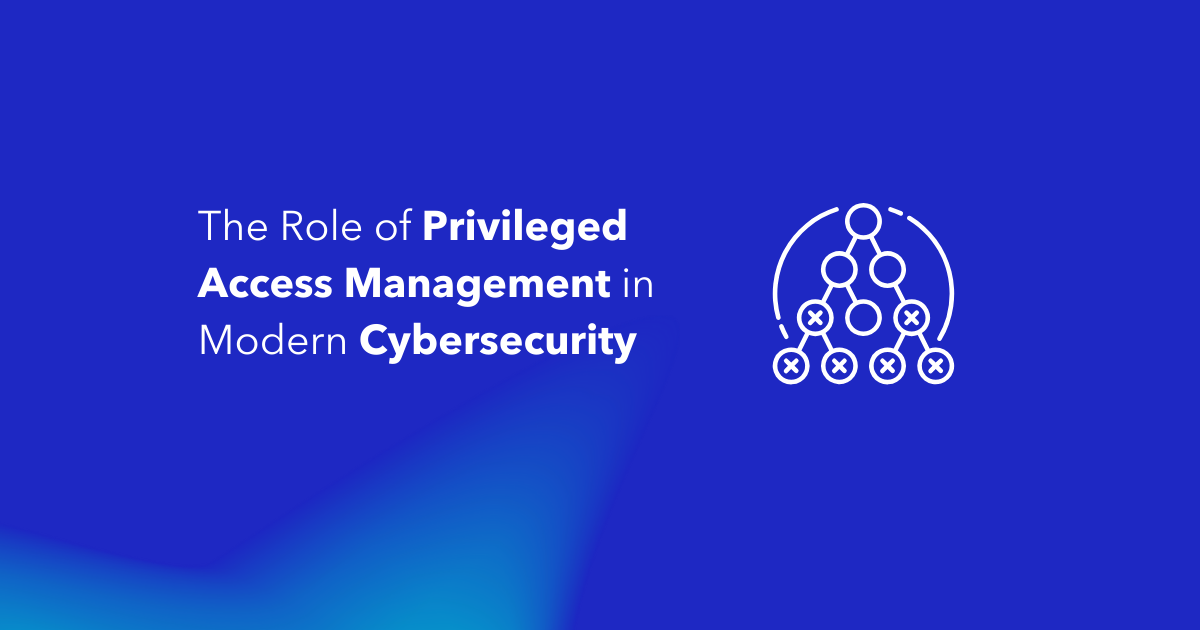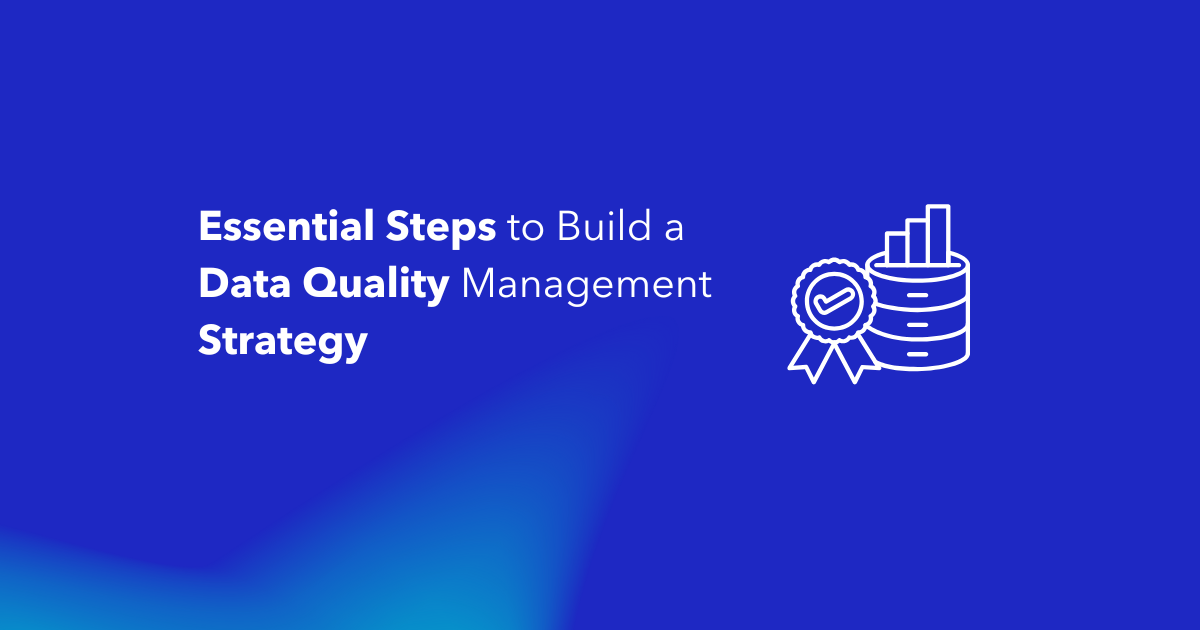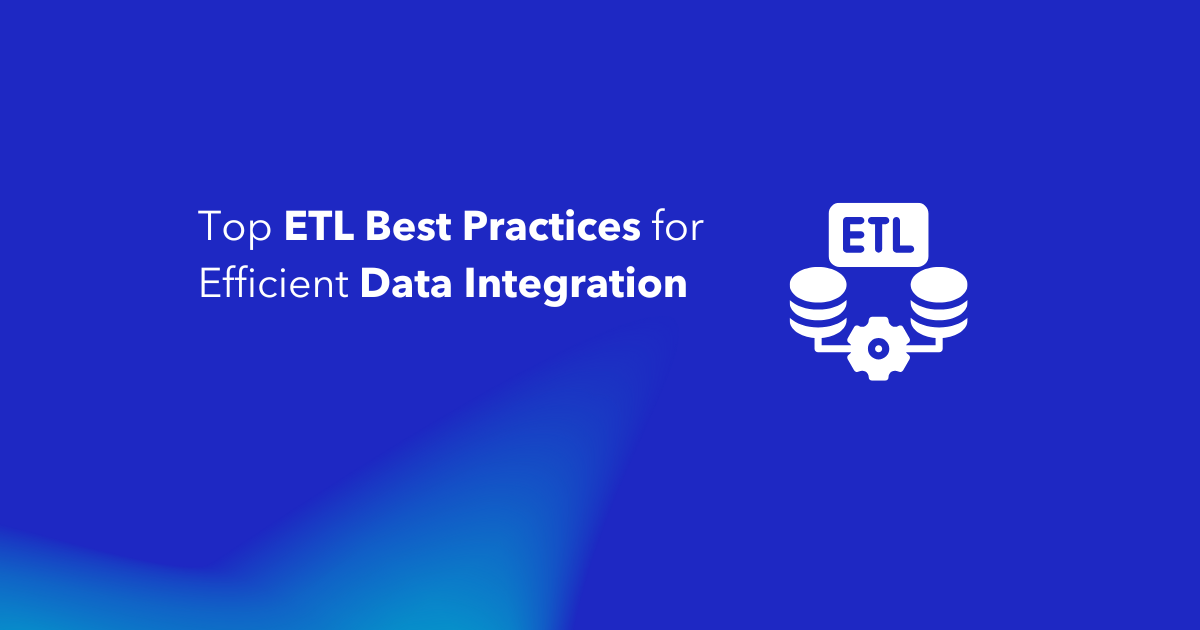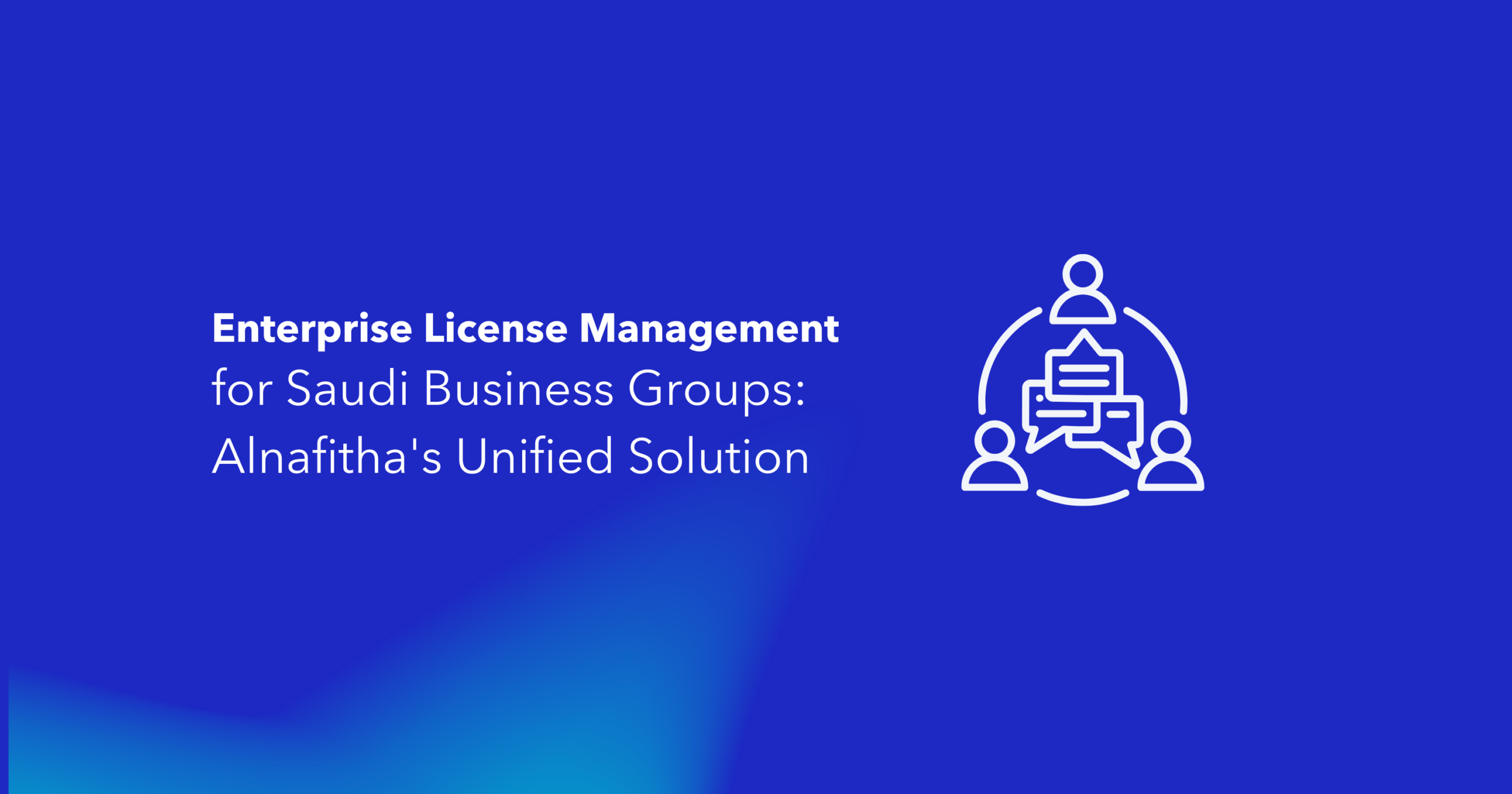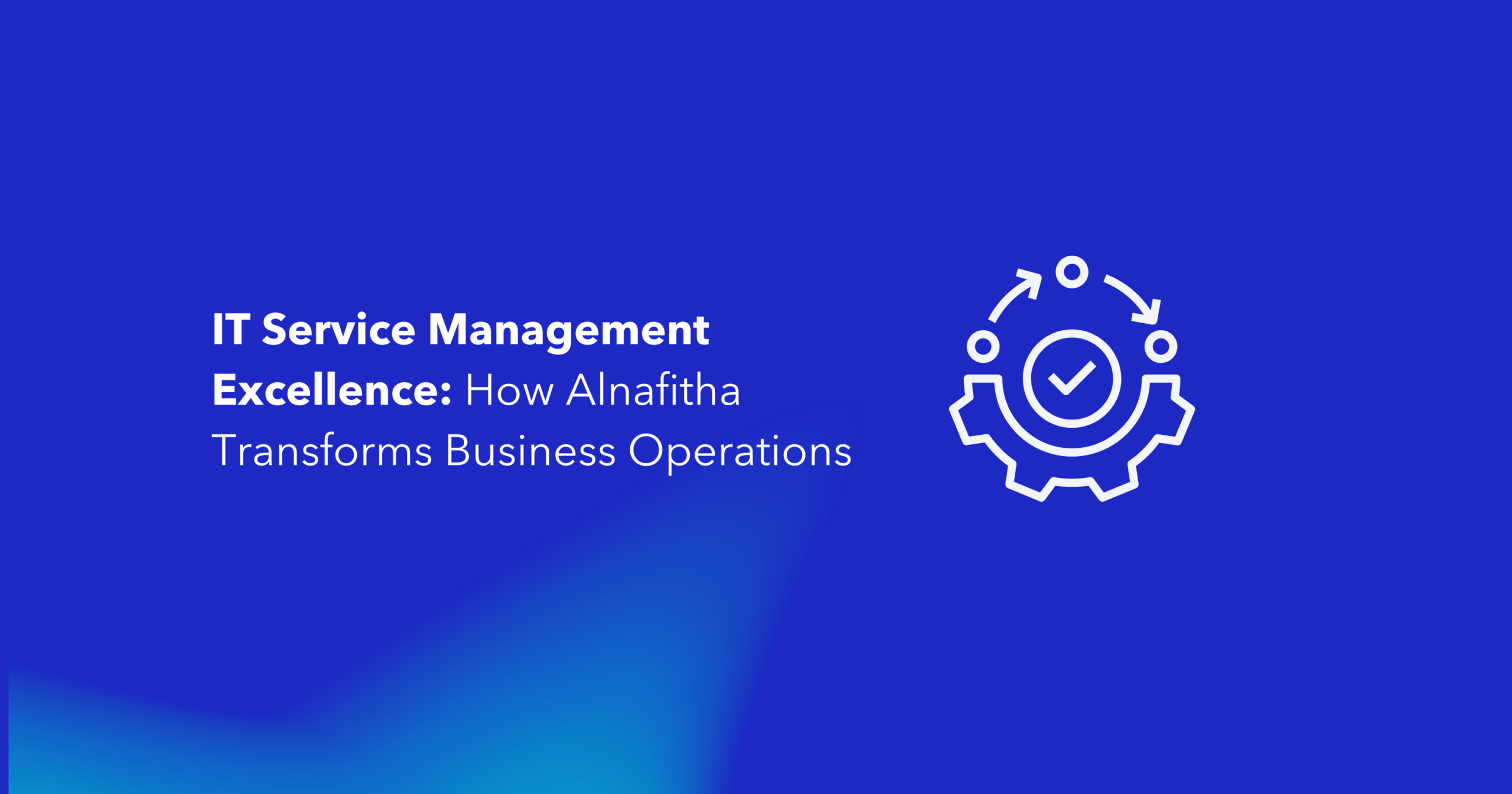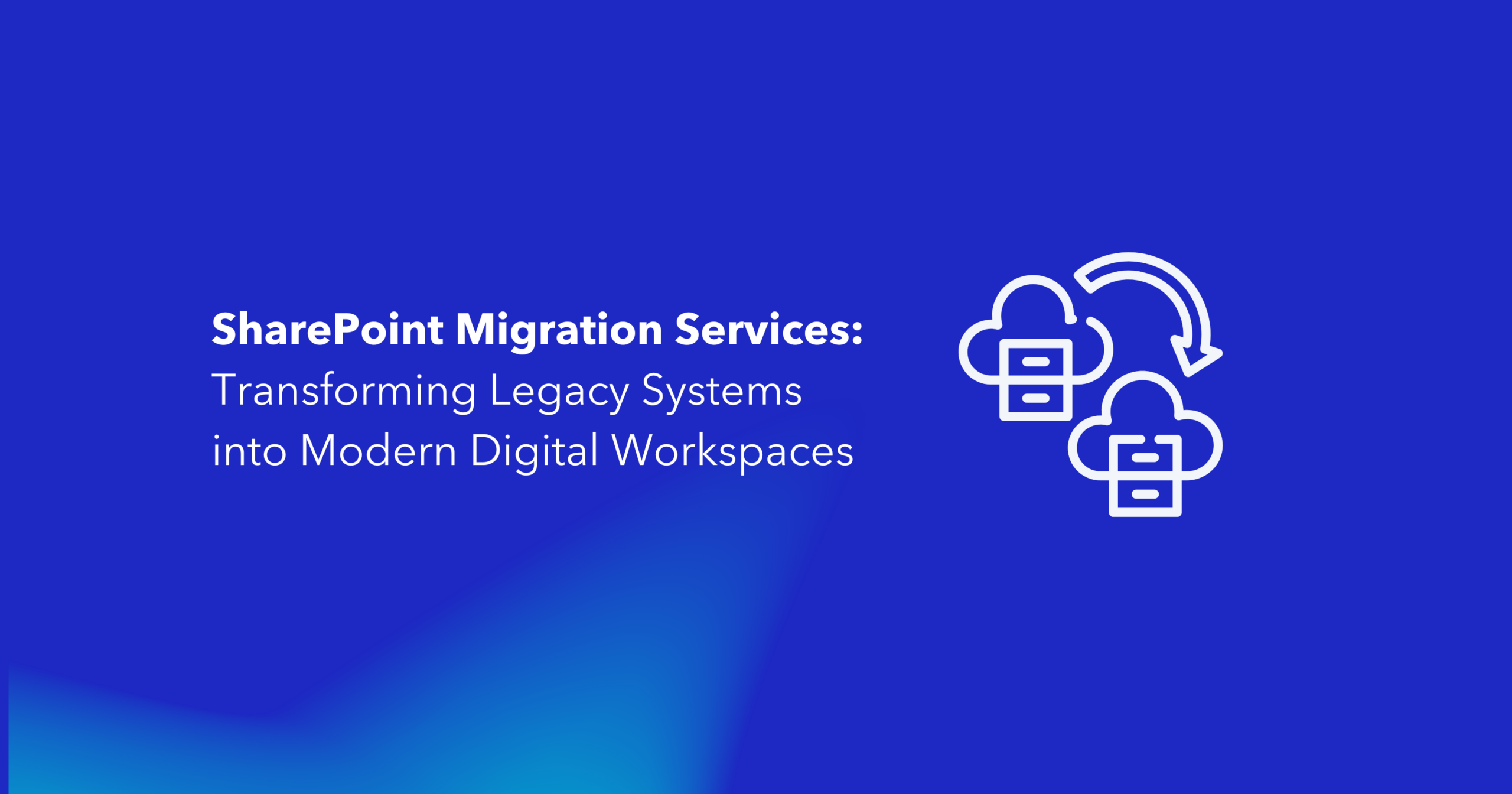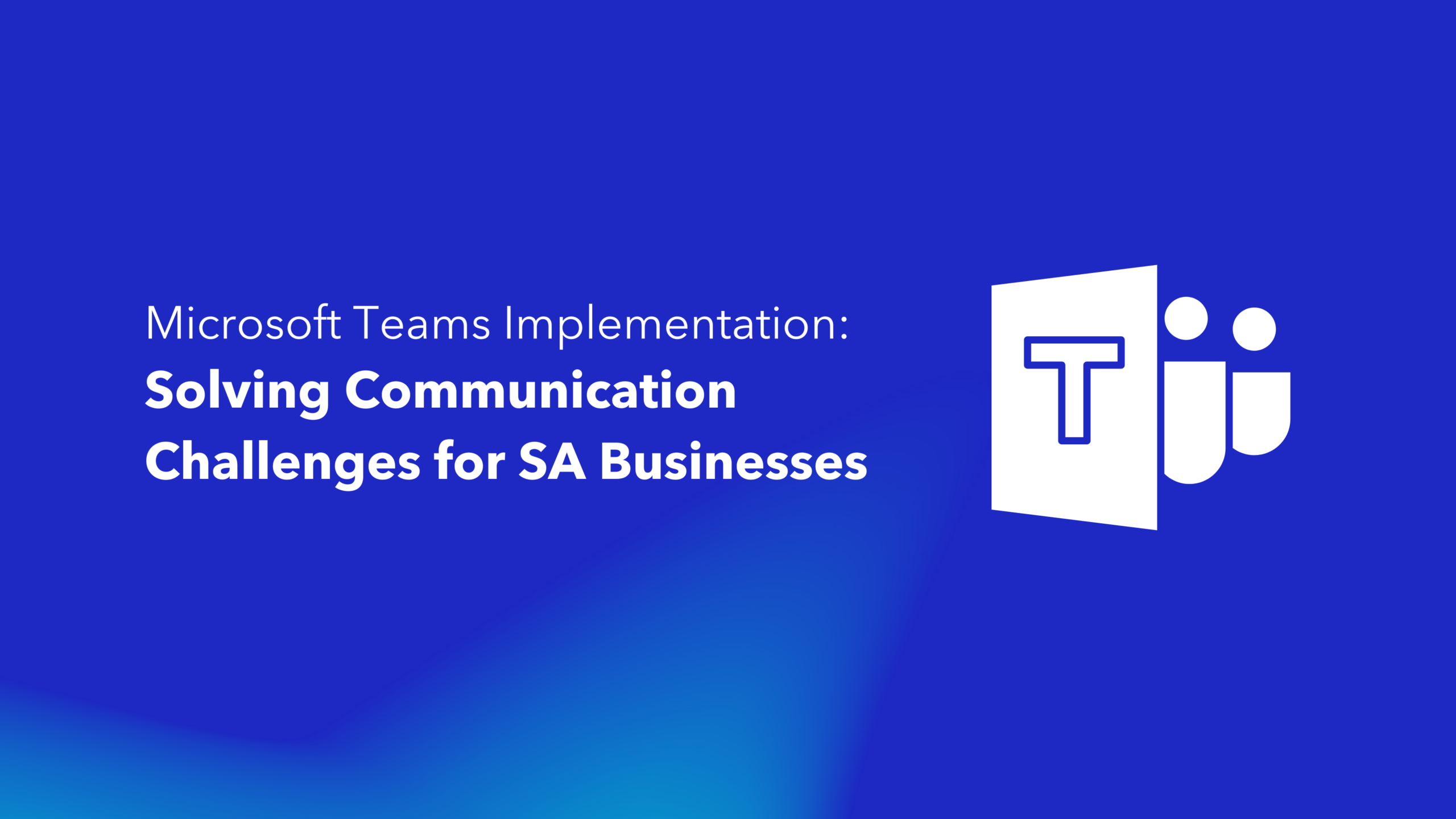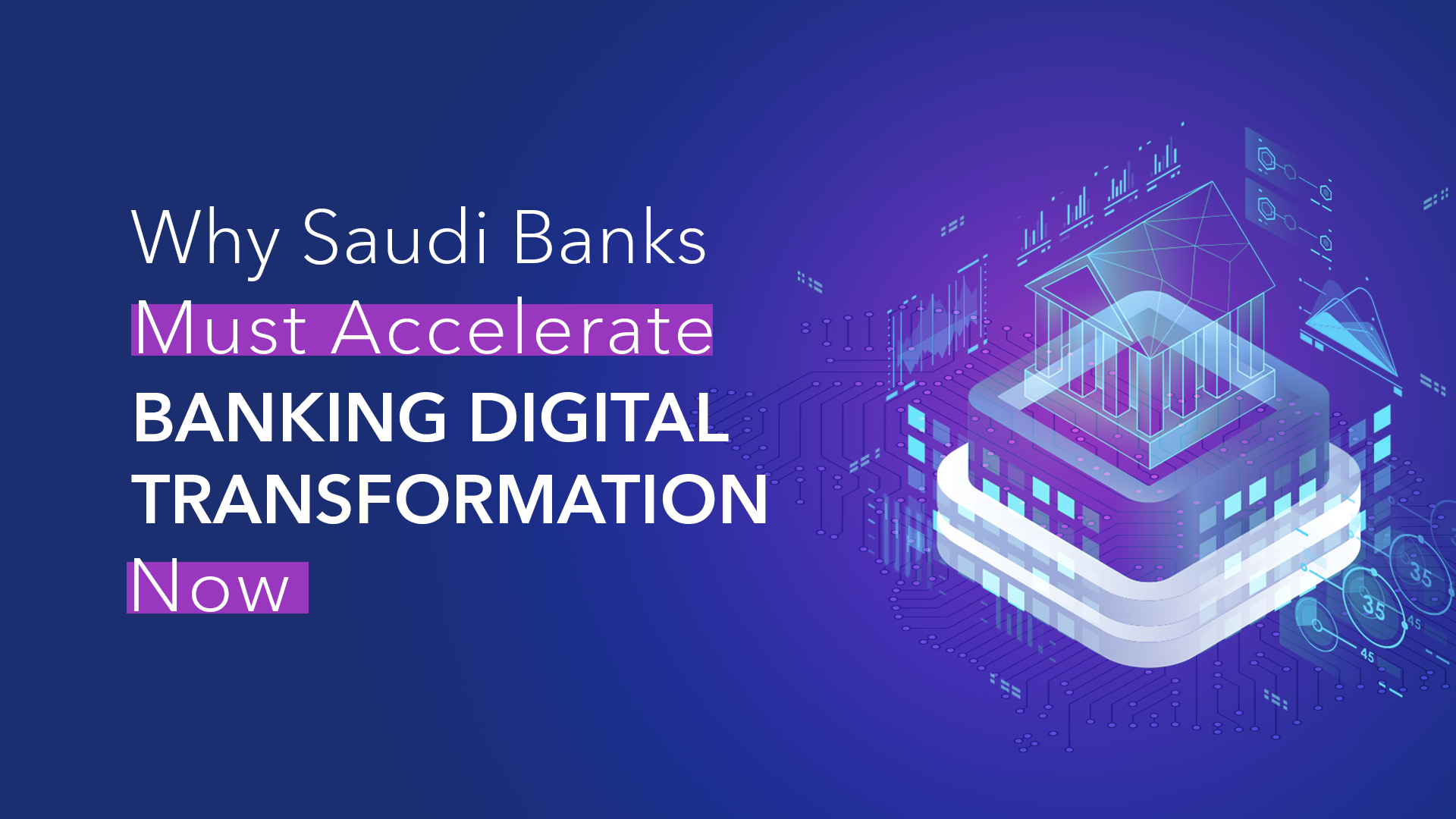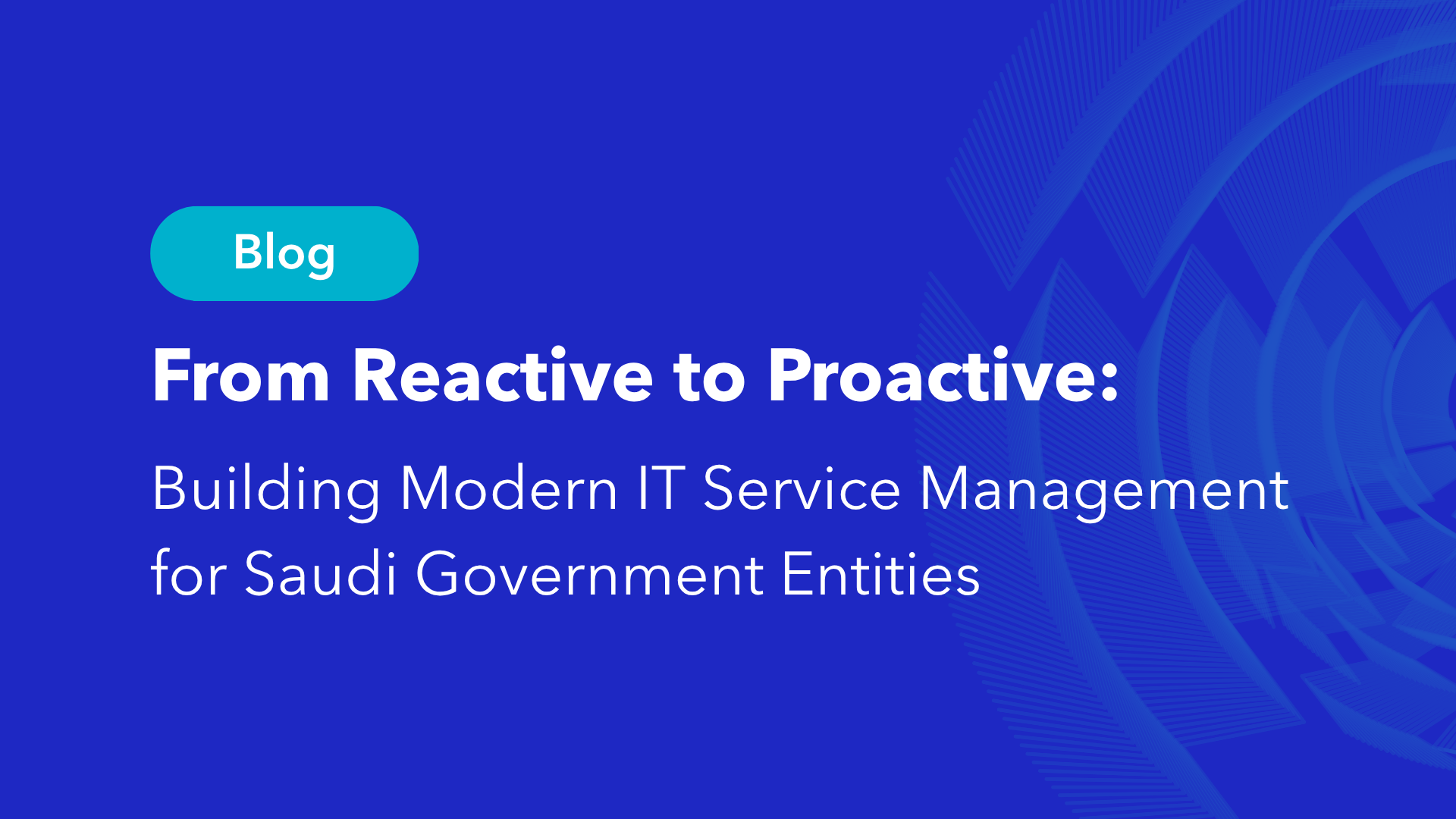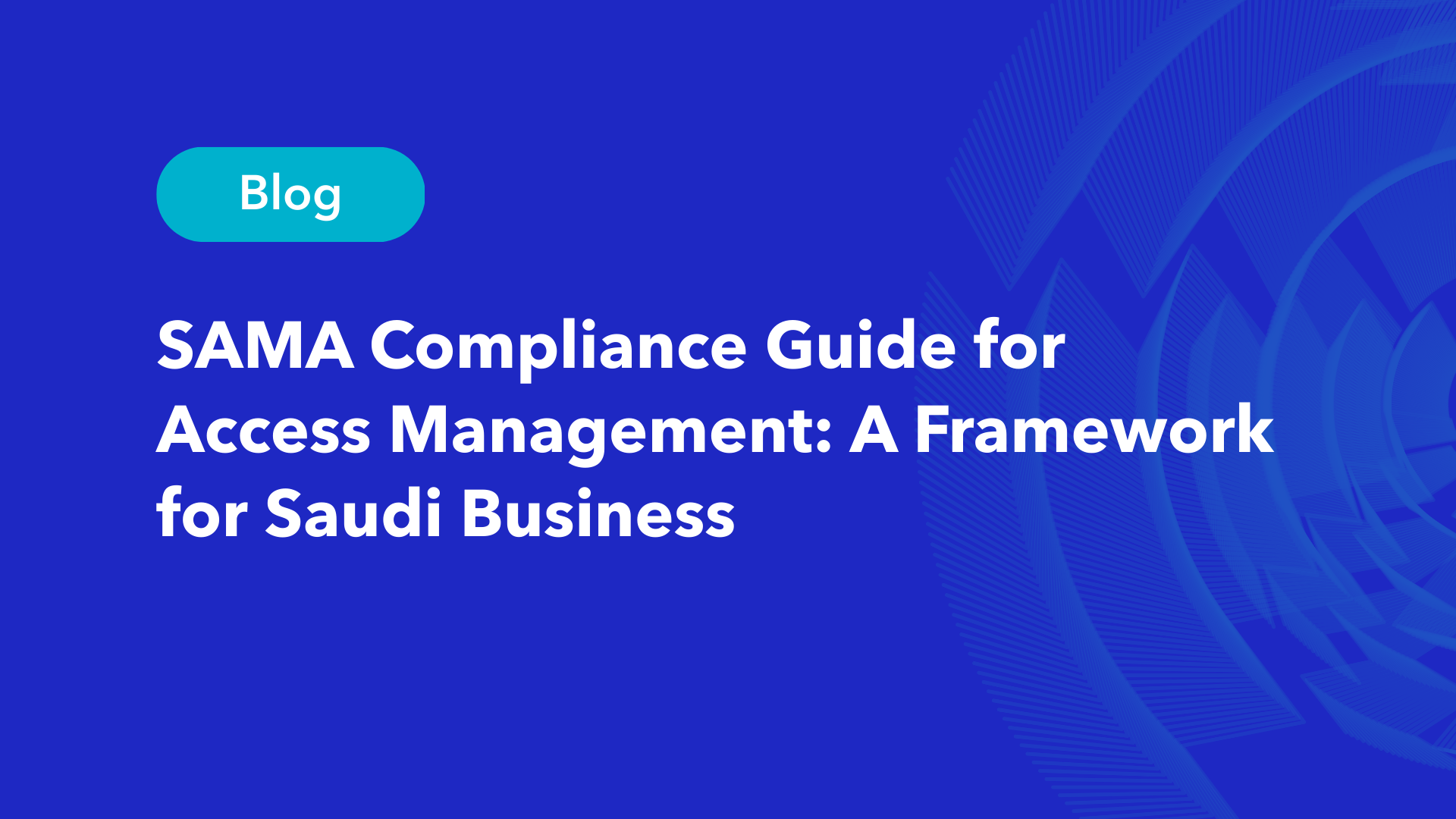In September 2024, Hurricanes Helene and Milton devastated Florida and surrounding states, causing widespread destruction and leaving businesses scrambling to recover. The Small Business Administration (SBA) received over 49,000 applications for disaster relief loans, highlighting the critical need for disaster preparedness. This recent catastrophe serves as a stark reminder of why every business must have a robust disaster recovery plan in place.
At any moment, a disaster can strike a business. According to research, 41% of organizations struggle to fully backup all their data. Therefore, it is crucial for businesses to have a disaster recovery plan in place to minimize the impact of any unexpected events and ensure business continuity. This plan should include measures such as data backup, emergency procedures, and communication protocols.
What Is Disaster Recovery?
Disaster recovery (DR) is the ability of an organization to respond and recover from a disaster. The objective of DR techniques is to make it possible for the organization to quickly resume using its vital IT infrastructure and systems following a disaster. DR methods involve creating and implementing a comprehensive plan that outlines the steps to be taken in the event of a disaster, including data backup and recovery, system restoration, and communication with stakeholders.
Organizations frequently conduct a thorough analysis of their systems in advance of this and produce a formal document that should be followed in a crisis. This document is known as a disaster recovery strategy.
Business Continuity and Disaster Recovery (BCDR)
Minimizing the impact of interruptions and outages on business operations is the responsibility of business continuity and disaster recovery (BCDR). BCDR techniques help an organization recover quickly from issues, lower the risk of data loss and reputational damage, improve operations while lowering the likelihood of emergencies, and improve operations.
Why Is Disaster Recovery Important?
Depending on the circumstances, disasters can cause a wide variety of damages with varying degrees of severity. Customers may become frustrated, and an e-commerce system may lose some business as a result of a brief network outage. A hurricane or tornado could destroy an entire workplace, datacenter, or manufacturing plant.
Recent statistics reveal that the monetary expenses associated with business outages, service interruptions, and data breaches have significantly increased.
The Cost of Not Having a Disaster Recovery Plan
The financial implications of cybersecurity incidents have become a critical concern for organizations across all sectors. These figures not only highlight the growing financial risks but also underscore the urgent need for robust cybersecurity measures and resilient IT strategies.
Business Outages and Service Interruptions
According to the Uptime Institute’s 2024 Outage Analysis:
- More than 50% of respondents reported that their most recent major outage cost over $100,000.
- 16% of respondents stated that their most recent major outage cost more than $1 million.
This shows an increase in the financial impact compared to previous years, highlighting the growing costs associated with downtime.
Data Breach Costs
The IBM Cost of a Data Breach Report 2024 provides the following insights:
- The global average cost of a data breach reached $4.88 million in 2024, marking a 10% increase from the previous year and the highest total ever recorded.
- Organizations using advanced security AI and automation in prevention reported average cost savings of $2.22 million compared to those that didn’t implement such technologies.
Ransomware-Specific Costs
While not directly comparable to general data breach costs, ransomware attacks present their own set of financial challenges:
- The average cost of a ransomware breach was $4.54 million in 2022, excluding the actual ransom payment.
- For ‘destructive’ attacks, where cybercriminals sought to destroy data, the average cost rose to $5.12 million.
- One report estimated that ransomware payments themselves represent only 15% of the total cost of an attack, with the remainder coming from downtime, reputational damage, and investments in new security implementations.
These updated statistics underscore the increasing financial risks associated with cybersecurity incidents and the critical importance of robust prevention and mitigation strategies in today’s digital landscape.
Therefore, in order to comply with regulations, many businesses must develop and adhere to plans for data protection, business continuity, and disaster recovery. For businesses operating in the financial, healthcare, manufacturing, and government sectors, this is especially crucial. Understanding how to adhere to resiliency standards is critical, as failing to implement DR protocols may result in legal or governmental penalties.
Components of a Disaster Recovery Strategy
An organization must first assess its resources and priorities before deciding on its DR strategies. DR decision-making typically considers two different activities:
Risk Assessment
An assessment of all the potential risks that the company may encounter and their results is known as risk analysis or risk assessment. Depending on the industry the organization is in, and where it is located, there can be a wide range of risks. The assessment should detect potential risks, specify who or what would be harmed by these risks, and then use the information to develop procedures that take these risks into account.
Business Impact Analysis
Business impact analysis (BIA) assesses how the aforementioned risks will affect how businesses operate. A BIA can assist in forecasting and quantifying costs, both financial and otherwise. Additionally, it looks at how various disasters affect an organization’s quality control, legal compliance, marketing, finances, and reputation in the marketplace.
Types of Disaster Recovery
Business executives need to decide how to implement their DR plan most effectively. The IT environment and the technology the company selects to support its DR strategy will determine this. Depending on the IT infrastructure and assets that need to be protected as well as the backup and recovery method the organization chooses to use, there are different types of DR.
1. Disaster Recovery for Datacenters
Organizations with in-house datacenters must have a DR plan that takes into account both the physical facility and the entire IT infrastructure present. A significant portion of the plan is frequently dedicated to implementing a backup to a failover site at a secondary data center or colocation facility.
2. Disaster Recovery for Networks
Network connectivity is crucial for accessing applications, sharing data, and communicating internally and externally during a disaster. A network DR strategy needs to have a plan for restoring network services, especially when it comes to data access and backup site accessibility.
3. Virtualized Disaster Recovery
Using virtualization, organizations can replicate workloads to a different location or the cloud to facilitate disaster recovery. The advantages of virtual DR include its adaptability, simplicity, effectiveness, and speed. Smaller IT footprints, frequent replication, and quick failover are all advantages of virtualized workloads. Virtual backup and DR are products offered by multiple data protection vendors.
4. Cloud Disaster Recovery
Organizations that previously used a secondary location for disaster recovery (DR) can now be hosted in the cloud thanks to the wide adoption of cloud services. Cloud DR extends beyond basic cloud backup. That is to say, the automatic failover of workloads to a public cloud platform in the event of a disruption must be configured by an IT team.
5. Disaster Recovery as a Service (DRaaS)
Vendors for disaster recovery can deliver a variety of shapes because DR is not just an IT problem. Backup and recovery software vendors as well as companies that provide hosted or managed services are referred to as DR vendors. Because disaster recovery is also a part of risk management, some vendors combine it with other security planning components.
Disaster Recovery Sites
In the event of a datacenter being down, an organization utilizes a DR site to recover and restore its data, technology infrastructure, and operations. To explain, organizations can leverage internal, external, or cloud-based DR sites. An organization creates and manages an internal DR site.
Organizations with high data requirements and strict RTOs usually use internal DR sites, which are usually second data centers. Developing an internal site requires considering hardware configuration, equipment support, layout design, site heating, cooling, power maintenance, location, and staff. Therefore, the cloud location is more suitable for businesses as it is cost-efficient.
A third-party provider owns and runs an external site for disaster recovery. External locations may be warm, cold, or hot.
1. Hot Site
Hot site for disaster recovery is a data center that is fully operational, has all necessary staff, hardware, and software, as well as customer data, and is typically staffed around-the-clock.
2. Warm Site
An organization can add more equipment and add customer data after a disaster in a data center that is equipped but does not yet contain customer data.
3. Cold Site
They are occasionally used to supplement hot and warm sites during a long-term disaster. The cold sites have the infrastructure to support IT systems and data, but they don’t have technology until disaster recovery plans are activated.
When contracting with cloud providers to host their DR assets or outsourcing additional services, an organization should take into account site proximity, internal and external resources, operational risks, service-level agreements, and cost.
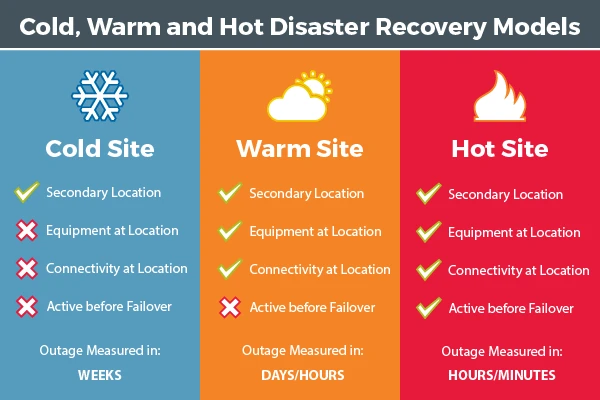
Disaster Recovery Tiers
Organizations may find it useful to consult the disaster recovery tiers described by the Share Technical Steering Committee and IBM in the 1980s in addition to selecting the best DR site. Depending on their business requirements, organizations can use the tiers’ array of recovery options as a guide to choose the best DR strategy.
Another method of DR tiering involves classifying the importance of various data types and application types and handling each tier differently depending on the level of data loss tolerance. This strategy takes into account the fact that some mission-critical operations might not be able to tolerate any data loss or downtime, whereas other operations might be able to remain offline for a longer period of time or have smaller sets of data restored.
How Disaster Recovery Operates
Due to the widespread use of the cloud and the accessibility of virtualization technologies that facilitate backup and replication, DR initiatives are more accessible to businesses of all sizes today.
The majority of DR jargon and best practices come from enterprise initiatives to duplicate sizable data centers. Using a backup data center, workloads were transferred or failovered from a primary data center in order to restore data and operations.
How Can Alnafitha IT Help You Have a Disaster Recovery Plan
This plan should include steps to be taken in case of a natural disaster, cyberattack, or any other unexpected event that could disrupt business operations. It is important to regularly review and update the plan to ensure its effectiveness. Evidently, it is also crucial to train employees on the plan and ensure they know what to do in case of an emergency.
With Alnafitha IT, you can leverage the latest cloud computing solutions offered by AWS and Azure to enhance your disaster recovery plan. Besides, you can utilize the professional expertise of Alnafitha IT team to build and implement a disaster recovery plan for you. With Alnafitha IT team’s expertise, you can ensure that your business operations are restored quickly and efficiently in case of a disaster.

















